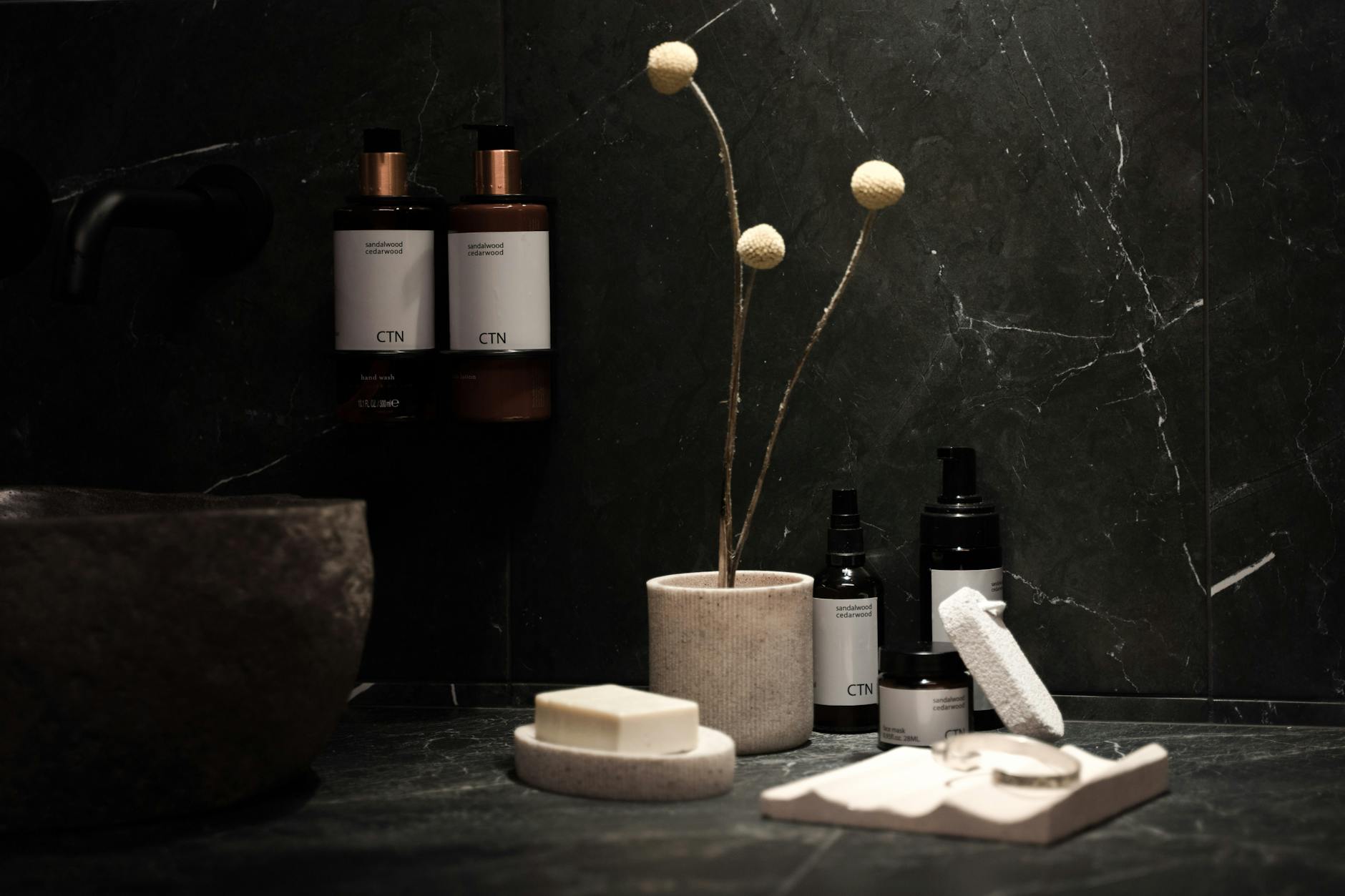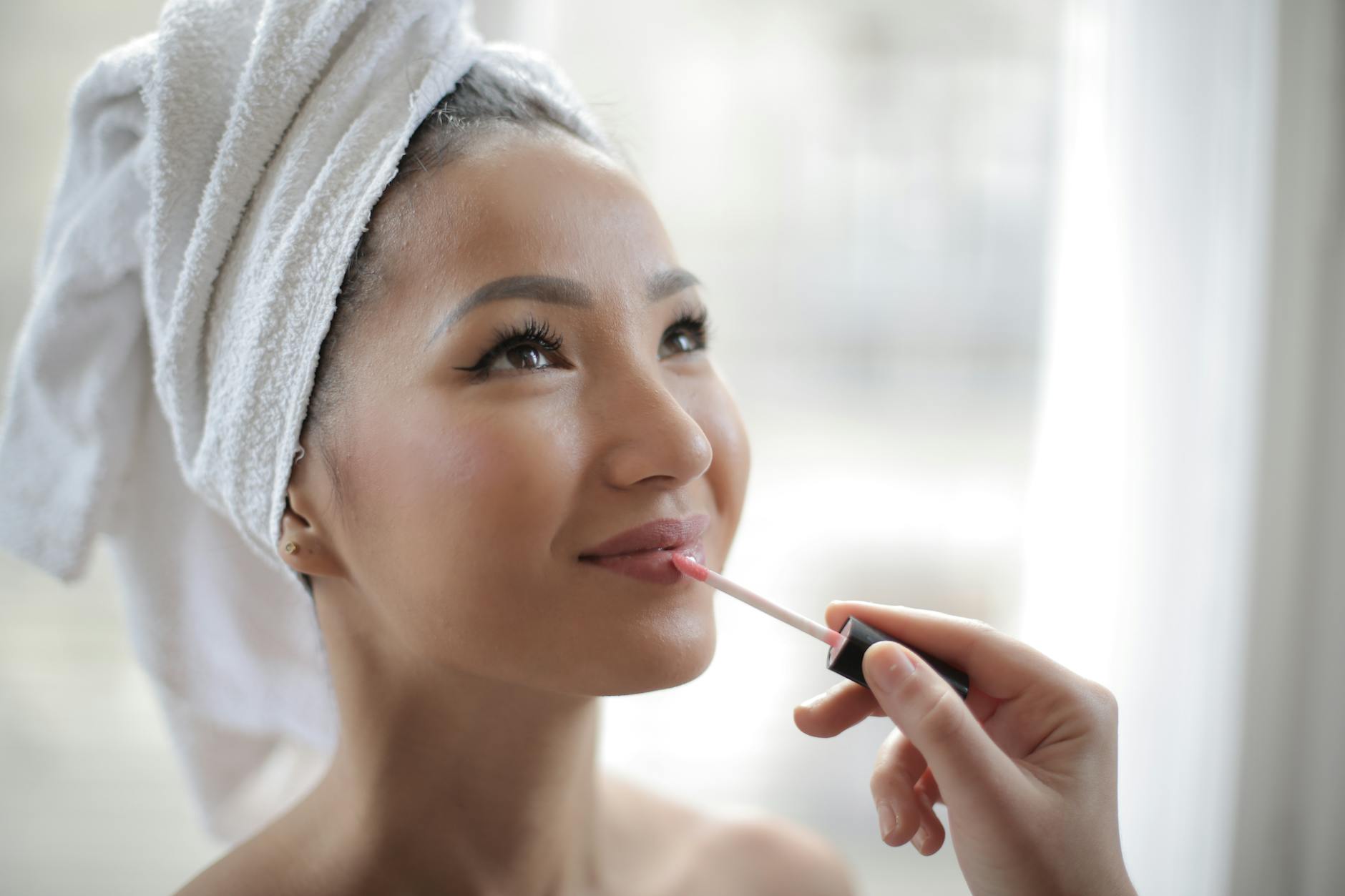How to Choose the Right Sunscreen for Your Kids in Australia

Key Sunscreen Ingredients
When diving into the choice of sunscreens, there is an inherent challenge in identifying products that are both effective and environmentally conscious. As someone passionate about marine conservation, I can certainly appreciate the desire to avoid harmful chemicals that could damage coral reefs, like those in delicate ecosystems near Australia's coast. Observations from the vibrant Royal Botanic Gardens remind us of the importance of harmonising our daily habits with environmental consciousness.
One alternative resource is reef safe sunscreen. These formulations steer clear of oxybenzone and octinoxate, which have been linked to coral bleaching. Instead, they tend to use mineral-based filters such as zinc oxide and titanium dioxide. Here are a few tips when you’re on the lookout:
-
Check Ingredient Lists: Seek sunscreens that explicitly label themselves as reef-safe, zooming in on formulations that feature non-nano zinc oxide or titanium dioxide.
-
Eco-Friendly Packaging: Opt for brands that offer sustainable packaging options to further enhance your environmental footprint analysis.
Even among eco-conscious offerings, it's essential to differentiate genuine reef-safe products from those that simply claim to be. The insights derived at academic forums online, as well as during visits to places like Queen Victoria Market, reinforce that each decision matters. As we strive to protect these vital marine environments, the choices we make today resonate in the reef's health tomorrow. Therefore, selecting a truly reef-safe option is a vital step toward ensuring sustainable interaction with the environment.
SPF and Protection Levels
Understanding SPF Ratings
Selecting the right sunscreen involves understanding the significance of SPF ratings. SPF, or Sun Protection Factor, specifies how well sunscreen protects the skin from UVB rays, which are primarily responsible for sunburn. An SPF of 30 blocks about 97% of UVB rays, while an SPF 50 blocks roughly 98%. It's crucial to remember that no sunscreen offers 100% protection. For those with fair skin or children prone to sunburns, opting for a higher SPF can provide added peace of mind without a significant increase in protection percentage.
UVA/UVB Protection
Comprehensive sun protection requires shielding against both UVA and UVB rays. While UVB rays cause sunburn, UVA rays contribute to skin aging and can penetrate clouds and glass. For optimal defense, look for sunscreens labeled as "broad-spectrum." These products ensure protection against both types of rays, integrating seamlessly with an eco-conscious lifestyle. By choosing a broad-spectrum option, you’re effectively contributing to the conservation of marine life by avoiding products with harmful chemicals.
Suitability for Kids
When selecting a sunscreen for children, particularly for baby sunscreen needs, the focus should be on products with gentle formulations. Minerals like zinc oxide and titanium dioxide are often recommended due to their mildness on sensitive skin. Consider the environmental impact analysis of the sunscreen’s ingredients, ensuring they are reef-safe. Just as one would choose locally sourced produce from a sustainable project along Southbank Promenade, prioritize sunscreens grounded in eco-friendly principles to protect young skin and marine ecosystems alike. Remember, educating our youth on sustainable practices will empower future generations.
Application Best Practices
Applying for Maximum Coverage
When it comes to achieving maximum coverage with sunscreens, particularly for kids, it's crucial to ensure consistent application. A thick, even layer of kids sunscreen across all exposed skin areas is your best defense against the sun’s harmful rays. Pay special attention to often-missed spots such as the ears, back of the neck, and the tops of feet.
Reapplication Frequency
It's essential to understand that one-time application is seldom enough for all-day protection. Reapplying sunscreen every two hours, especially after swimming or sweating, maintains optimal coverage. This becomes even more critical given Australia's intense sunlight, which can be unforgiving. Liam, with his passion for marine conservation, can empathize with the necessity of frequent reapplications, knowing it not only protects his daughter but also aligns with his value of sustainability when choosing reef-safe options.
Child-Friendly Application Tips
Applying sunscreen to a bustling child can sometimes feel like a task in itself. Using fun, engaging methods can make the experience more enjoyable. For instance, applying the sunscreen in the shape of a beloved character can turn a mundane task into a mini-adventure. Incorporating these playful techniques helps ensure that children are well-protected as they play and explore places like the vibrant Queen Victoria Market. This approach not only protects from the sun but culturally enriches the environment they engage with, resonating deeply with those involved in sustainable projects along Southbank Promenade.
Balancing Protection and Eco-Consciousness
Achieving a balance between effective sun protection and environmental sustainability is crucial. As we become more mindful of our local ecosystems like the Royal Botanic Gardens, it's clear that the impact of our choices extends beyond immediate skin protection. Evaluating reef-safe sunscreens involves analysing the ingredients to ensure they don’t harm marine life, such as those found along the Southbank Promenade. Opt for products that contain non-nano zinc oxide or titanium dioxide, as these minerals are generally considered safer for coral reefs and aquatic ecosystems.
Choosing Sunscreens Mindfully
Consider looking into the Environmental Working Group’s sunscreen guide when making a selection. This resource assesses the safety and efficiency of different products, allowing you to align your choice with both your health needs and environmental values. Pay particular attention to the list of chemical offenders like oxybenzone and octinoxate, which have been shown to cause coral bleaching.
Supporting Local and Sustainable Brands
Exploring the vibrant Queen Victoria Market can be an excellent starting point to discover local brands focused on sustainability. Many Australian labels are leading the charge in creating biodegradable packaging and ensuring their products are certification-friendly. Investing in these brands not only supports local economies but also drives demand for eco-friendly innovations.
In making such thoughtful decisions, we uphold both personal health and environmental responsibility, offering future generations the chance to marvel at the natural wonders of our planet without compromising their integrity.


